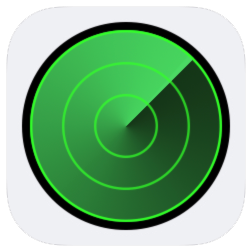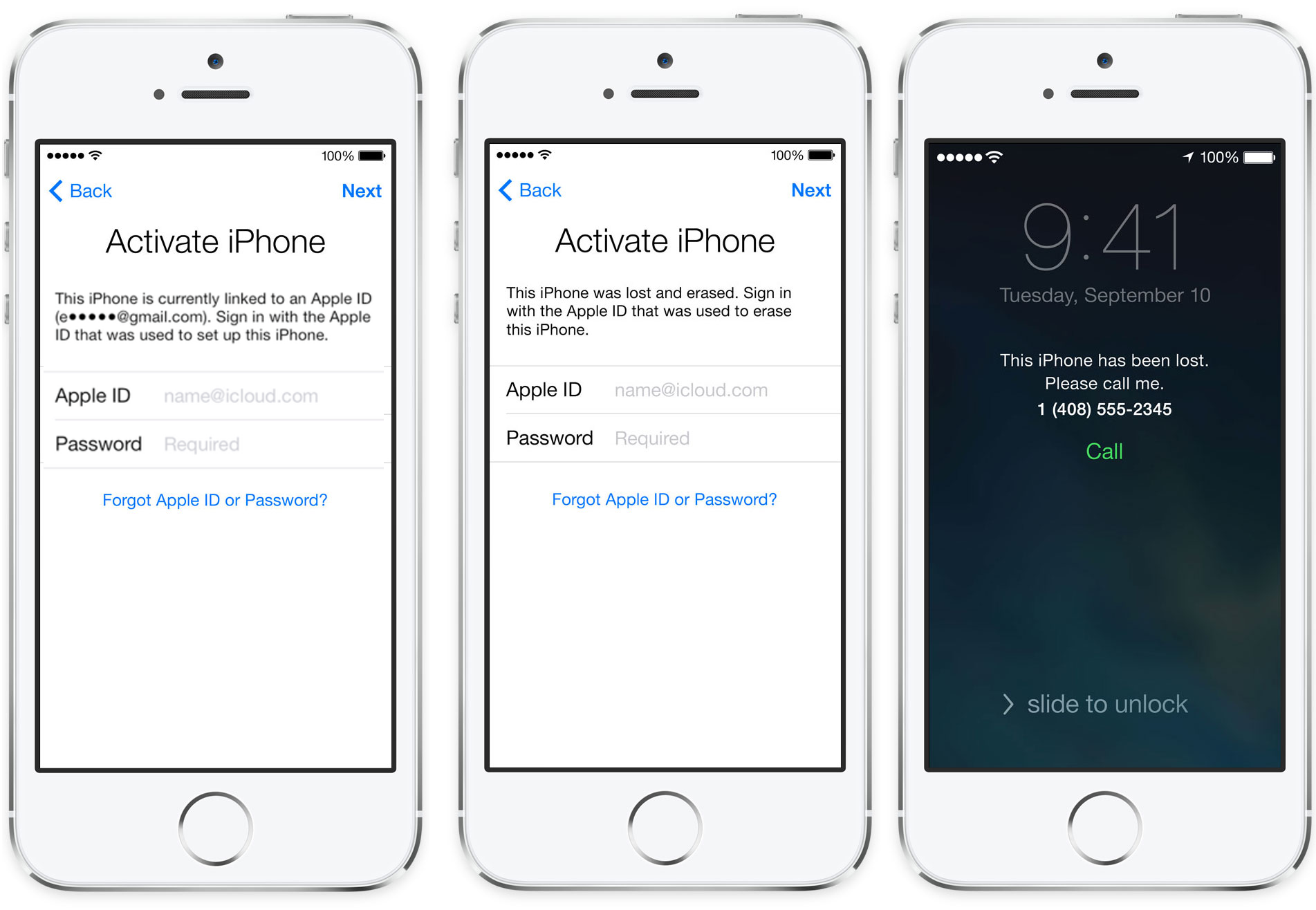— Mobile Technology
Samsung Galaxy S6 vs. iPhone 6: A closer look

Gizmag goes hands-on to compare the features and specs
of the Samsung Galaxy S6 (and GS6 edge, pictured) with the Apple iPhone 6
(Credit: Will Shanklin/Gizmag)
Image Gallery (31 images)
If you're shopping for a new smartphone, there's a good chance that the
Samsung Galaxy S6 and
iPhone 6 will be high on your list (and this year that also includes the curved
Galaxy S6 edge). Let's go hands-on to compare the latest Galaxy and iPhone flagships.
Before we jump in, note that the Galaxy S6 and Galaxy S6
edge are almost exactly the same phone. Unless we say otherwise, when we
talk about the Galaxy S6, we're including the Edge in that too.
In past years, the iPhone vs. Galaxy decision came down
to modern-sized screen, plastic build and lots of ad-friendly features
you'll probably never use (Galaxy) vs. premium build, more streamlined
software and tiny screen (iPhone). But with these latest versions, both
companies addressed their biggest weaknesses, leaving you with a very
different decision.
So this year we have three premium phones, with fairly comparable software and no shrimpy screens in sight.
The iPhone has a beautiful aluminum unibody build with
rounded edges. It's classic Apple design, including the company's
trademark lightness and thinness.
If there's something that Apple does well, though,
there's a good chance Samsung is running the same race, trying to get
every edge it can – so it shouldn't be surprising that the Galaxy
flagships are very light and thin as well. The Galaxy S6 is just 7
percent heavier, and the Galaxy S6 edge a mere 2 percent heavier, than
the iPhone 6.
When you factor in the Galaxy's larger size, it has the
relative weight advantage.
Thickness is nearly the same, with the Galaxy S6 coming
out 1 percent thinner and the Edge 1 percent thicker than the iPhone 6.
All three phones get an A+ for slim and sexy.
Speaking of sexy, the Galaxy S6 takes a huge leap forward
from cheap-feeling plastic to high-end glass and aluminum. If you're
brave enough to use the GS6 without a case, then you'll look forward to
grasping its Gorilla Glass 4 back in your hand. It feels
smooth.
The Galaxy S6 edge is especially sharp-looking, with its
screen sloping off into those curved edges. We don't see this dual-curve
screen as much more than a cosmetic perk, but it does look better than
its flat-screened sibling.
Though the iPhone 6 has a much bigger screen than any
pre-2014 iPhone, it's still 15 percent smaller than the Galaxy S6's
display. Both Galaxy and iPhone sit in a comfortable screen size range:
big enough to be pretty immersive, but not so big they feel like slabs
of ceramic tile in your hand.
That extra real estate on the GS6 and GS6 edge, though, is still noticeable – and welcome.
Overall screen quality is outstanding on all three
phones, with great colors, contrast and brightness across the board. The
biggest difference is pixel density, where the Galaxy S6 comes out
77 percent sharper than the iPhone.
If you look at the iPhone's screen by itself, it looks
plenty sharp. It's only when you put it next to a Quad HD handset, like
the Galaxy S6, when you'll realize it could look much crisper.
Though last year's Samsung Galaxy flagships had
fingerprint sensors in their home buttons, that was still a big
advantage for Apple, as you had to swipe your finger across Samsung's.
This year, though, the Galaxy S6 matches the iPhone with
an excellent touch-based fingerprint sensor. Like with the iPhone, you
just rest your finger on the button for a brief moment (from any angle),
and the gatekeeper will let you in.
Apple's Touch ID still has a big advantage, though, in
app support for the fingerprint sensor. There are some big-name apps
that use Touch ID, including 1Password, Dashlane, Evernote and Dropbox.
You can also use Touch ID in app extensions – for filling passwords in
Safari and the like.
Samsung's sensor lets you fill passwords in Samsung's
stock browser, but that's about it. Third-party app support is, at the
moment, minimal.
Apple's and Samsung's flagships typically have some of
the best smartphone cameras around, and this year is no exception. A
year ago, one of the
iPhone 5s' big advantages over the
Galaxy S5
was how much faster you could launch its camera. This year those tables
have turned, though, with Samsung's camera launching ridiculously fast –
and with a shortcut that makes so much sense we're surprised other
phone-makers weren't already using it.
When you want to snap a shot with the Galaxy S6 and GS6
edge, all you have to do is double-tap the home button to launch the
camera app. It can jump from sleeping phone to snapped pic in
less than two seconds. The iPhone is in good shape here too, but the best result we could get for it was around 3.5 seconds.
There's also no physical shortcut for launching the
iPhone's camera; you'll need to slide the camera icon from the
lockscreen (if you're waking your phone up), or tap the Control Center
shortcut after swiping up from the bottom of the screen (when you're
already using the phone).
Both cameras take great shots (for a smartphone, that
is). In our tests, the Galaxy S6 performs a little better in low-lit
conditions, brightening subjects and picking up a bit more detail in
dark to very dark settings. The iPhone, meanwhile, appears to brighten
up medium-lit (daytime, indoor) settings a bit more than the GS6 does.
On the whole, both are well above average quality for smartphone low-lit shots.
Neither will replace a DSLR, but we'd be happy to rely on
either iPhone or Galaxy for daily smartphone photography – with a
slight advantage to the Samsung phones for that ultra-quick, incredibly
easy launching. The Galaxy S6 is also a little better for zoomed-in (or
cropped) shots, with its higher resolution sensor.
None of the three phones are pushing battery life
barriers, but our tests have the Galaxy S6 edge coming out at the head
of the pack. In our video streaming test (over Wi-Fi, with brightness at
around 75 percent) the Edge dropped 10 percent per hour. The Galaxy S6
came in just behind, at 11 percent per hour. The iPhone's battery
dropped a bit faster, at 14 percent per hour.
You'll always want to take these tests with a few grains
of salt (the luminance of "75 percent brightness," for example, varies
from phone to phone). But our experience matches up pretty well with
those results. Though Apple and Samsung may have put their light/thin
oneupmanship game ahead of innovating on a battery life front, all three
handsets are still doing pretty well there – with the GS6 and Edge,
again, having a minor advantage.
Like several other Android flagships from the last year,
the Galaxy S6 has fast charging capabilities. If you're almost out of
juice, and you're using the stock Samsung cable, you can get it back to a
respectable state after just a few minutes of charging. The iPhone
doesn't have a quick-charge feature like this.
The Samsung phones also have wireless charging built in,
so you can pick up a charging pad (either the Qi or PMA standard) to
juice up just by resting your phone on top of it. And hey, if you shop
at Ikea, you can even charge your Galaxy S6 by
resting it on your Swedish couch's armrest.
The iPhone doesn't have built-in wireless charging, but
if you use a case for your iPhone, you can still buy a wireless charging
receiver that tucks inside of it (though this does have the side effect
of taking up the iPhone's Lightning port).
The iPhone 6 is by no means a slow phone, as Apple
continues its regular parlor trick of turning a dual core processor and 1
GB of RAM into airtight, silky-smooth performance (on an Android phone,
those specs today would probably lead to a compromised experience).
With that said, the Galaxy S6 is an
unusually
fast phone. You can zip from app-to-app without the slightest bit of
lag. The first time you use the phone, it's almost startling how fast
it is.
As far as storage goes, the entry-level iPhone gives you
16 GB of internal storage while the Galaxy S6 starts out with 32 GB. You
don't, however, get a microSD slot in the Galaxy S6, as you did in
previous years' Galaxy phones (and of course iPhones have never
supported memory cards either).
We don't have big complaints about either side's software (the Galaxy S6 has an
Android Lollipop core with Samsung TouchWiz UI, while the iPhone 6 runs
iOS 8).
Despite some welcome improvements from Samsung this year – removing
bloat for a more streamlined experience – the GS6's software does still
feel a bit more disjointed than Apple's.
Some degree of that may be inevitable, considering the
different approaches. On the iPhone, everything you see is either
designed by Apple or a third-party app that you installed. On the
Galaxy, you have Google's core software, including Google apps and
services, but then you have Samsung's UI customizations and extra
features on top of that. Throw in some Microsoft services and your local
carrier's crapware of choice, and it's just a different experience than
software that's all made by the same company.
It also leads to oddities like two different image
gallery apps, two different email apps and three different messaging
apps – all pre-installed.
This is all familiar territory when talking about iOS vs.
Android, and Android has other advantages like more customization
options. But the iPhone does still feel more like a whole widget, while
the Galaxy phones are a bit like two or three artists painted on the
same canvas.
As wearables start to get their moment in the mainstream
spotlight, you might want to think about them when making this decision.
If you want an
Apple Watch, then you'll need an iPhone. The Galaxy S6, meanwhile, is compatible with
Android Wear watches (like the new
LG Watch Urbane) along with
Samsung Gear smartwatches.
The Galaxy S6 also powers the excellent
Gear VR virtual reality headset – which is basically the Oculus Rift's mobile sidekick.
Pricing is the same for the Galaxy S6 and iPhone 6:
typically starting at around US$650 full retail or $200 on-contract
(just remember the Galaxy gives you double the storage for that price
tier).
The Galaxy S6 edge has a $100 premium for the curved
screen. Considering it's otherwise basically identical to the Galaxy S6,
you have to ask yourself whether some extra cosmetic appeal is worth a
Benjamin.
The Galaxy S6, Galaxy S6 edge and iPhone 6 are all
terrific phones, and we wouldn't hesitate in the slightest to recommend
any of them. You do still get that bigger and sharper screen from the
GS6, and a more logically-flowing overall experience from Apple, but
neither phone has any glaring holes. Both are premium flagship phones
that stand above most – if not all – of their peers.
For deeper dives on each phone, you can read Gizmag's full reviews of the
Galaxy S6,
Galaxy S6 edge and
iPhone 6. And if you want to cast your net wider, you can check out our latest
Smartphone Comparison Guide

